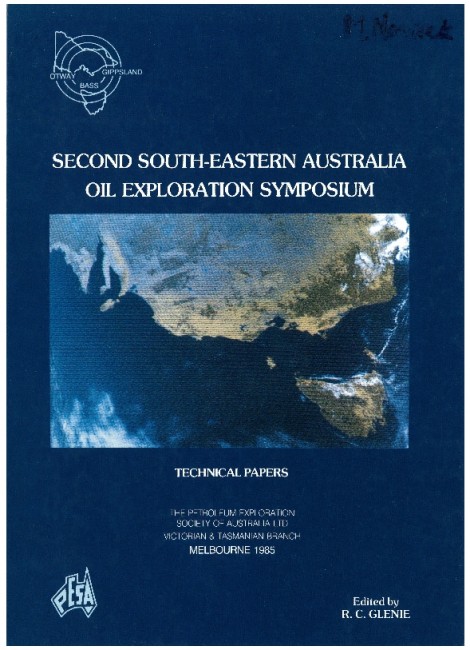Publication Name: Second South-Eastern Australia Oil Exploration Symposium - Technical Papers
Authors: A.J. Young and R.R. Coenraads
Date Published: December 1986
Number of Pages: 22
Reference Type: Book Section
Abstract:
Flounder-1, drilled in 1968, proved the presence of intra-Latrobe hydrocarbon-bearing sands of Late Cretaceous age. Five step-out wells were drilled before the field could confidently be classified as commercial. Prior to development, it was decided that improved seismic data quality and density were needed to adequately define the field. A three-dimensional (3D) seismic survey using a 75 m line spacing was therefore shot over the field.Up to 1977, the structure map on the top of the T-1 reservoir sands had been constructed using an isopach from the deepest overlying strong seismic marker-the base of a Paleocene coal sequence some 150 m above the reservoir. Data quality on these earlier vintage lines would not allow direct mapping of the top of reservoir reflector.
In 1977, a one kilometre grid of data was acquired over the Flounder Field and data quality at the top of reservoir was so improved that a top-of-reservoir reflector could be mapped directly. This reflector is usually weak and is extremely variable in character, due to the lack of impedance contrast between the seal and the reservoir. The reservoir reflector was mapped essentially fault block by fault block, and its discontinuous nature and marked character changes made correlation across faults, and even locating faults, difficult. 'Side-swipe' also tended to degrade the sections.
A significant improvement in data quality has been obtained using the 3D seismic tool, resulting in accurate structural and stratigraphic interpretation. Specifically, the 3D data made it possible to more accurately define the fault pattern over the field, to correlate the character of the Latrobe section across faults with greater confidence and to better define the top of the reservoir.


